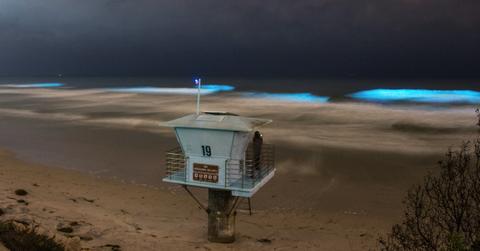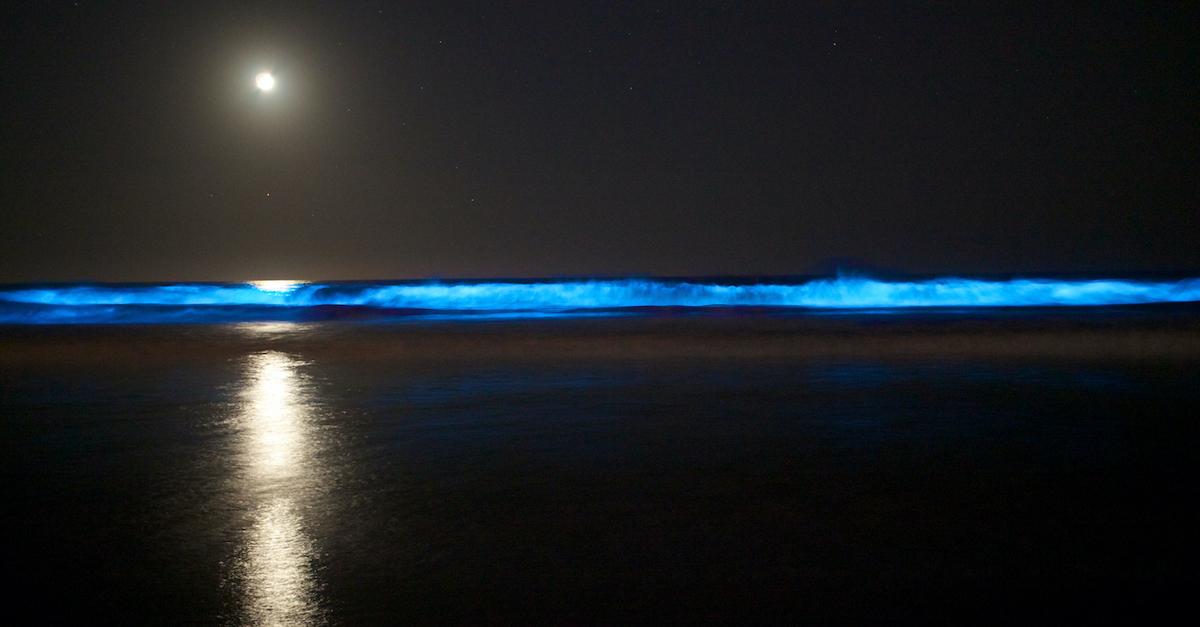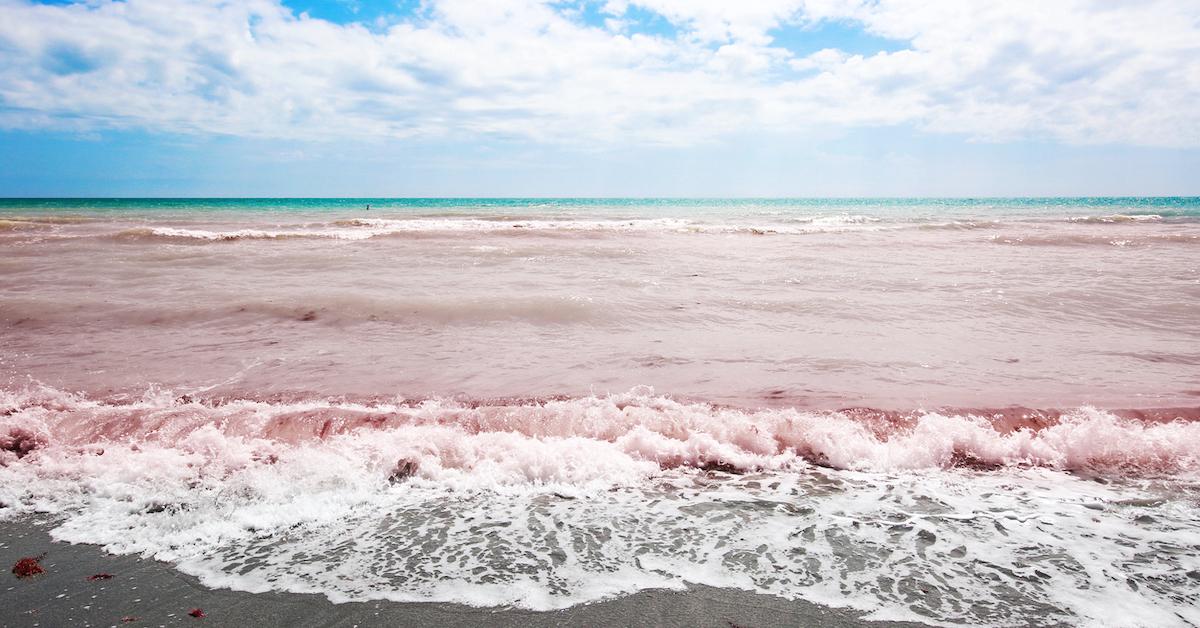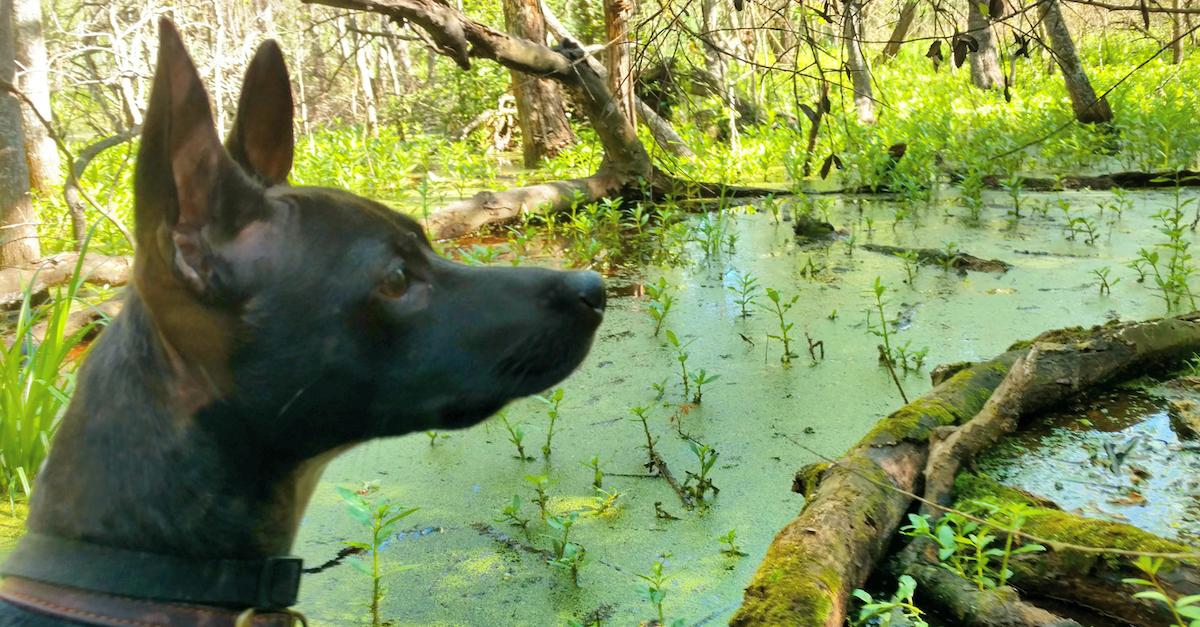Behind the Rare Phenomenon of the California Oceans Glowing Blue at Nighttime
Updated May 12 2020, 9:52 a.m. ET

For the past week or so, California coastlines have been experiencing a glorious phenomenon, which causes the ocean's waves to glow blue at night. The neon colors flowing through the billowing waves make it look like a natural light show, but residents can't help but why the ocean is glowing blue.
It's truly a blessing and a curse that this mysterious phenomena is happening during the coronavirus lockdowns — "the glowing blue waves had an added allure for people stuck at home and looking for excitement, but with some area beaches shut down by coronavirus concerns and parking limited, it wasn’t always easy to find a place to view the rare sight, especially as word spread," noted OCR's Laylan Connelly. If you missed out on it, though, the photos are a sight to see.

Why is the California ocean glowing blue?
While the bioluminescent color almost resembles toxic sludge, we're thrilled to say this is a totally natural happening — according to Coronado Times, the glowing blue color is actually given off by a type marine plankton called dinoflagellates, which are currently in the midst of a major large algae bloom called “red tide,” because it makes the water look reddish during the day. Red Tide sometimes happens after major spring rain.
During the red tides, the algae releases bright blue light when jostled by waves crashing on the shore. The Scripps Institution of Oceanography apparently recorded these bioluminescent red tides as early as the 1900s, but they only happen every few years. Sometimes it lasts a few days, and other times, it's lasted up to a month. This year, it stretched from Baja, Calif. to Santa Barbara, Calif., and the photos were magnificent.
Are red tides dangerous?
The scientific term for red tide is Harmful Algal Bloom, or HAB, because it can harm humans, pets, fish, shellfish, marine mammals, and birds, according to the National Ocean Service. During red tide, algae produces natural toxins which can kill marine life, which makes eating seafood and swimming dangerous. These red tides can even make the surrounding air poisonous to breathe, so while you're admiring the view, make sure to keep your distance.
The human illnesses caused by HABs are apparently rare, but they are dangerous and sometimes deathly, so as we said previously, keep your distance as much as possible. Coronado Times notes that this type of Red Tide was deemed "not dangerous," but we might wait for the bloom to subside before swimming, anyway.

Likewise, the blue-green algae bloom wreaked havoc on companion pets last year.
Back in 2019, a number of house pets died during the blue-green algae bloom, which predominantly took place in still bodies of water, such as ponds or lakes. The blue-green algae was emitting certain types of toxins, which unfortunately brought tremendous harm to dogs, and resulted in a number of pet fatalities.
At the time, Greenwater Laboratories' Dr. Mark Aubel, who studied the toxic affects of blue-green algae on dogs advised pet owners to steer clear of bodies of water where algae was present.
"Your typical lay person will not be able to tell one algae from another, or a good from a bad... It just kind of behooves anybody that sees algae in a lake, in a pond, that they'd probably want to be cautious and just not expose themselves to it or to their pets," Aubel said.

Who knew algae could be so beautiful? Maybe just admire it from a distance.